Have you ever been caught up in the “herd mentality” where everyone wants to see and do the same thing as the person ahead of them, next to them and behind them? Over the decades a certain level of myopia has crept into the world of African safari experiences where travellers seek an adrenaline rush and want to check off a list of things they saw and did while on safari.
One of the buzzwords has been a desire to see the “Big Five” of the mammal species: What are the Big Five in Africa? The Big Five include- lion, buffalo, leopard, elephant and rhino. The term Big 5 was originally coined by the big game hunters of yesteryear whose desire was to hang trophies of these five magnificent animals on their wall and have bragging rights whenever their friends visited after an African safari.
For those who have experienced a photographic safari, they will tell you that to truly understand the entire ecosystem of the animal kingdom, one must slow down, sit back and simply take in the sights, smells and sounds that the African bush offers. It is not — as the Discovery Channel often portrays — thundering hooves of a million wildebeest all day and every day. It is much quieter yet restive at the same time. It is where predators and prey do a careful dance on who is the mightiest, baboons acting as lookouts, birds hovering to pick up bugs and seeds disturbed by the massive feet of the elephants, as they graze. The sight of vultures circling endlessly is a telltale sign that some action has taken place such as a downed buffalo that feeds a large pride of lions and their cubs. It is such a patchwork of activities and co-dependencies from which the safari story emerges. Each day is different and what you saw today may be completely the opposite a few hours or a day later.
It Should Not be a Checklist
Whether a first-time safari visitor or one that is addicted to Africa and goes back frequently, we tell them the same thing: Don’t come with a checklist. Remember, you are in the wild. Let nature do its thing and finally, expect the unexpected.
It is the variety of the journey that we want our guests to experience and it goes well beyond the Big 5. A typical safari itinerary consists of putting a jigsaw puzzle together. Our guides are the human eyes and ears of the bush and have a heightened awareness of what is going on around them. They are trained to spot not only the large elephant herd in the distance making their way to the water hole but also the smallest of dung beetles. Each day is defined by a certain theme. One day the guide focuses on ornithology (though you will see other land-based animals too). Next, it may be about searching for a certain pride of lions who were seen in a particular area, and so on. By the time you are at the end of your trip, you have seen practically everything, and most likely the Big Five as well!
Do’s and Don’ts of Planning a Safari in Africa
Safaris are complex with lots of moving parts and for anyone who wants to have a great safari experience (versus just a good one), it is important to work with an Africa specialist like Immersion Journeys. Specialists have personally visited each of the destinations over the many years, thoroughly understanding the nuances of seasonal changes, migration patterns and the best places to stay in (location, location, location). Specialists also have deep ties locally which gives you the value for your money. Besides their expertise, Africa specialists often have an insider view of things, deep ties with lodges and camps thereby enhancing your stay and can react to changes on the ground quickly if need be.
Don’t get caught up with hype and “must do” lists often touted by travel magazines and the media. Travel should leave deep impressions. While you may end up at some of the same destinations, activities can be tailored to your specific needs that will greatly enhance the visits. Speak with your specialist and probe for ideas.
Do start planning at least 3 months (preferably more) to ensure a great experience and availability of the right lodges and camps. Of course, do some homework before you engage with a specialist. Ask yourself these questions: When can you travel? Where do you want to travel? How do you want to travel, for example deluxe, mid-priced, etc.? What do you want to see/ do? Anything special? Answering these questions helps your travel specialist design the itinerary. And ask your travel planner lots and lots of questions (there is nothing like a crazy idea or stupid question.) Our planners LOVE questions. It shows that you are paying attention to what we have presented.
We hope that this article inspires you to plan and travel with us. Feel free to contact us and drop us a note at info@immersionjourneys.com.
-------------------------------------------------------------------------------------------------------------------------
Immersion Journeys trips have been recognized by National Geographic Traveler, '50 Tours of a Lifetime (2012, 2013, 2015), Tanzania Tourist Board (2010 and 2011) and South Africa Tourism Board (2013) for their innovative travel itineraries. Immersion Journeys has been at the forefront of sustainable tourism practices with a focus on conservation and community impact.
We hope that this article inspires you to plan and travel with us. Feel free to contact us and drop us a note at info@immersionjourneys.com.
-------------------------------------------------------------------------------------------------------------------------
Immersion Journeys trips have been recognized by National Geographic Traveler, '50 Tours of a Lifetime (2012, 2013, 2015), Tanzania Tourist Board (2010 and 2011) and South Africa Tourism Board (2013) for their innovative travel itineraries. Immersion Journeys has been at the forefront of sustainable tourism practices with a focus on conservation and community impact.


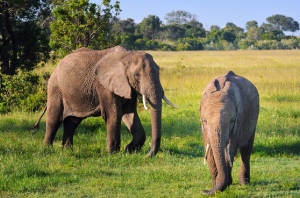
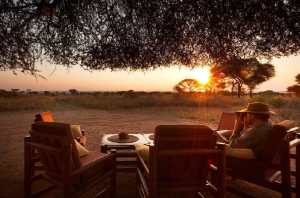

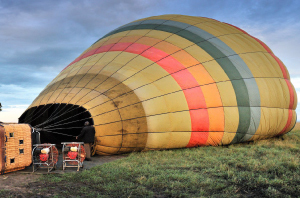
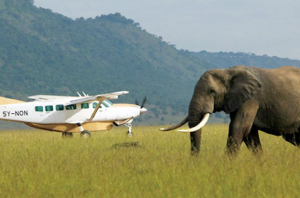


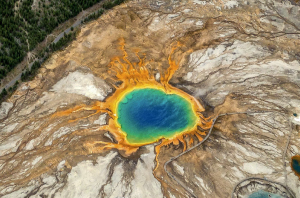
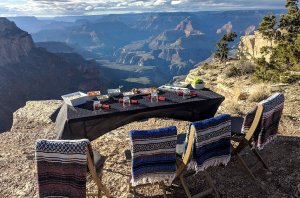

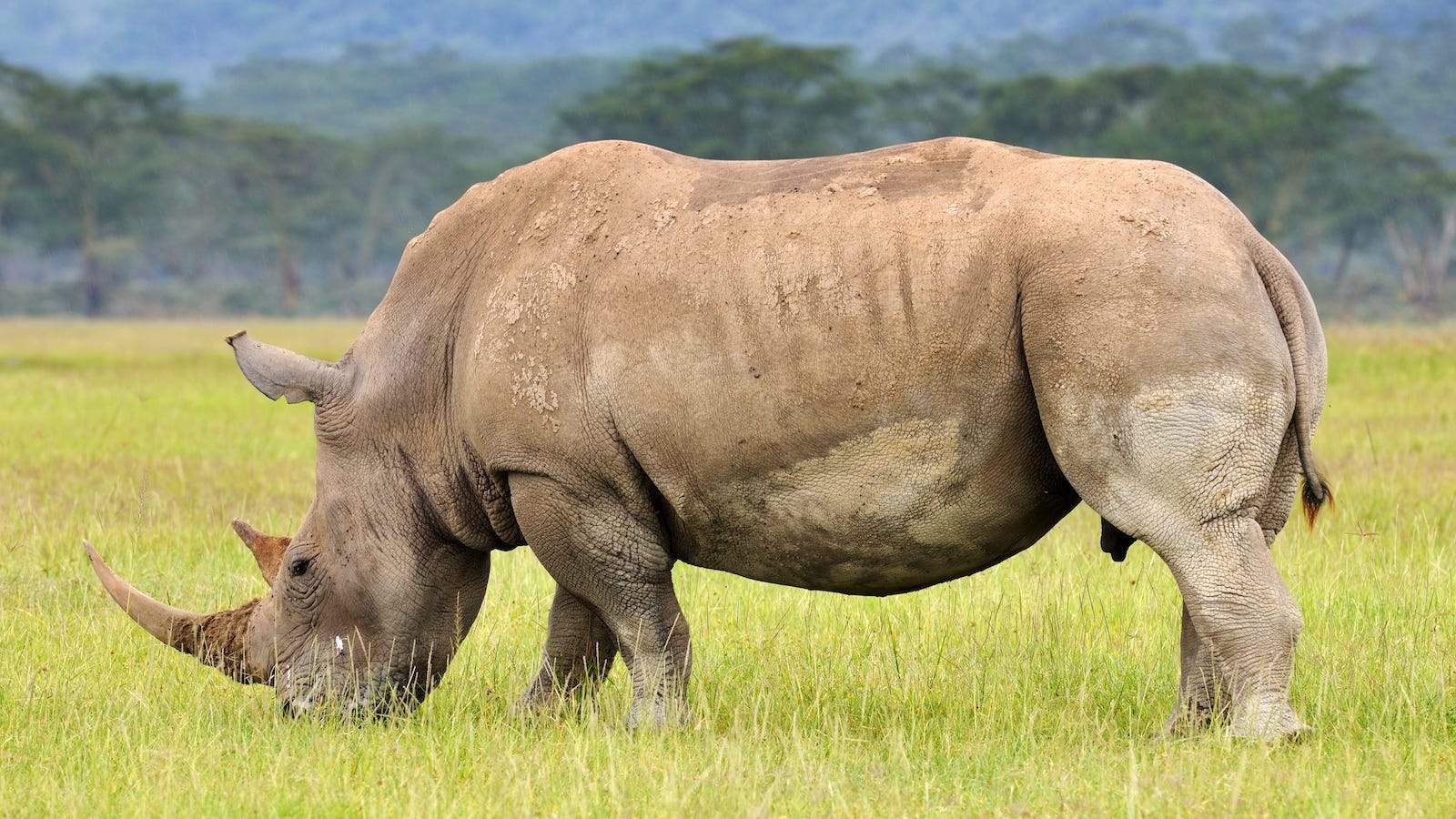
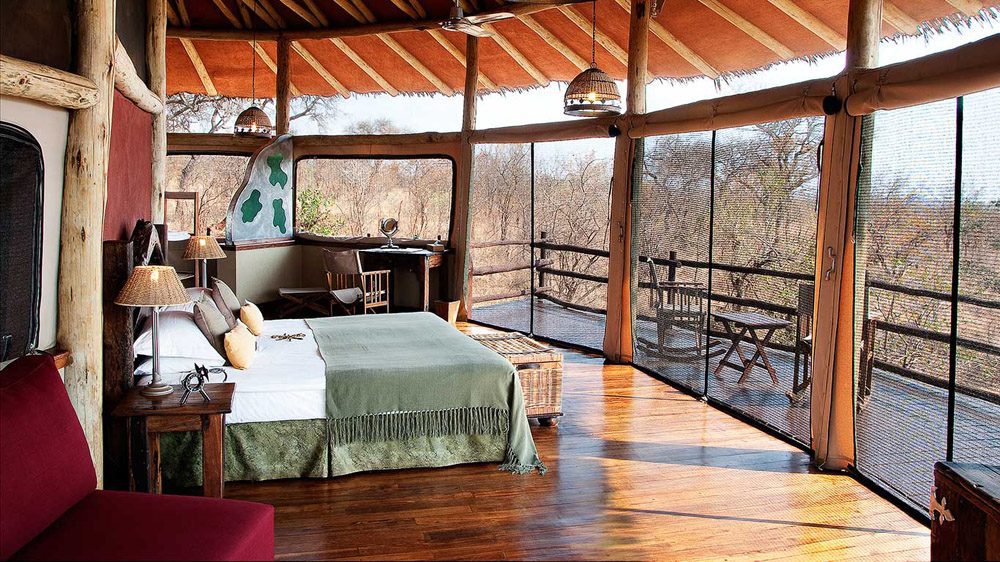



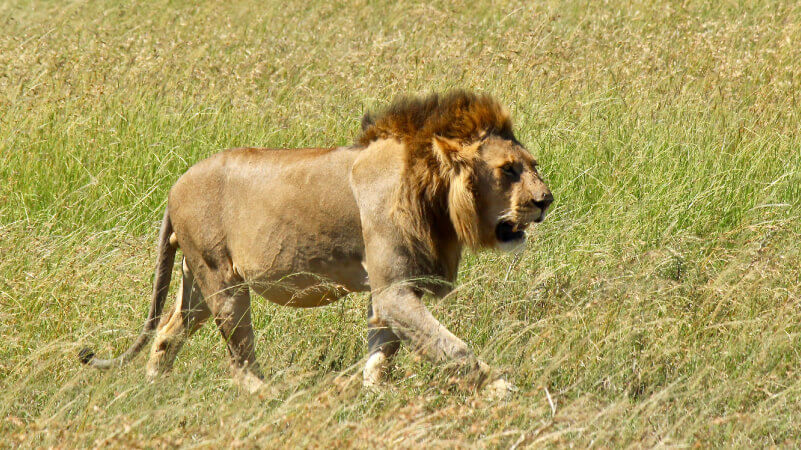


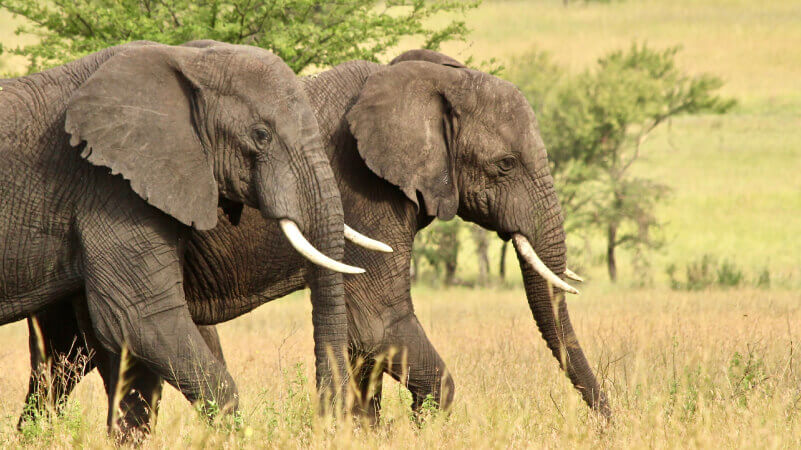
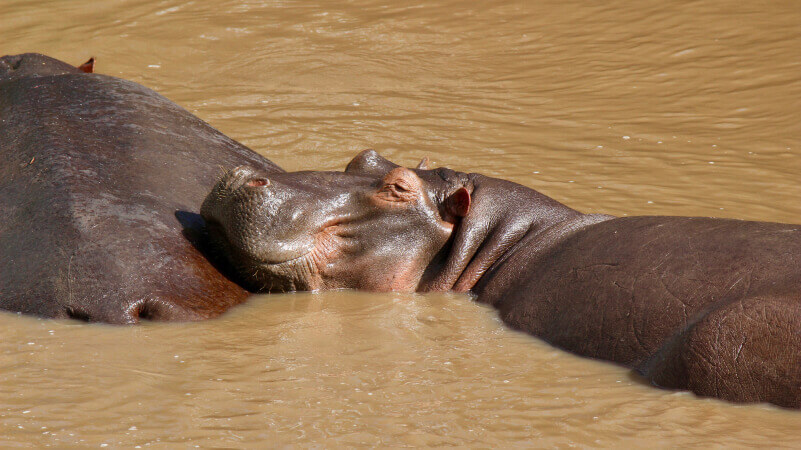
Comments 4
Informative post
Amazing and Informative post
Informative post
Nice Post